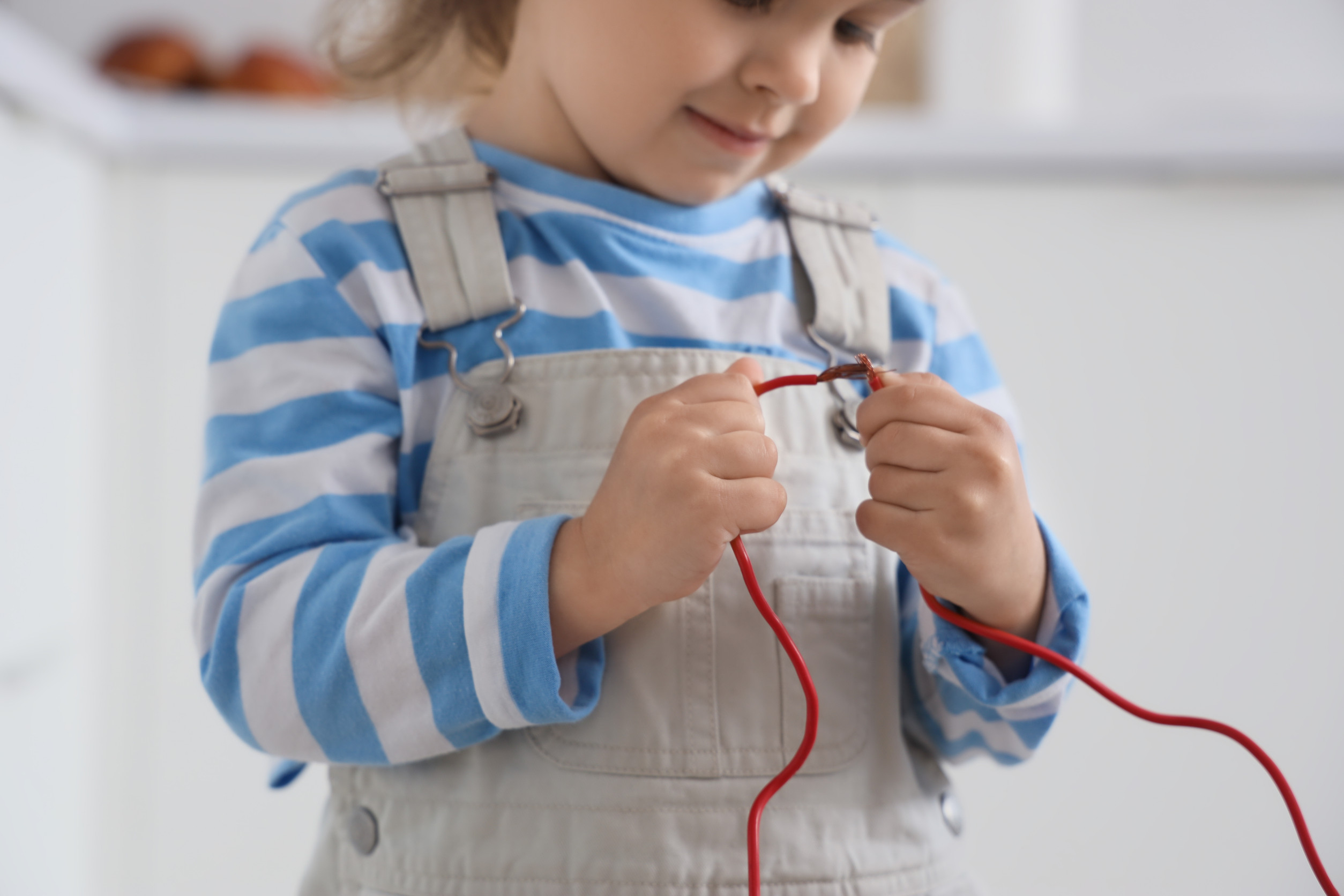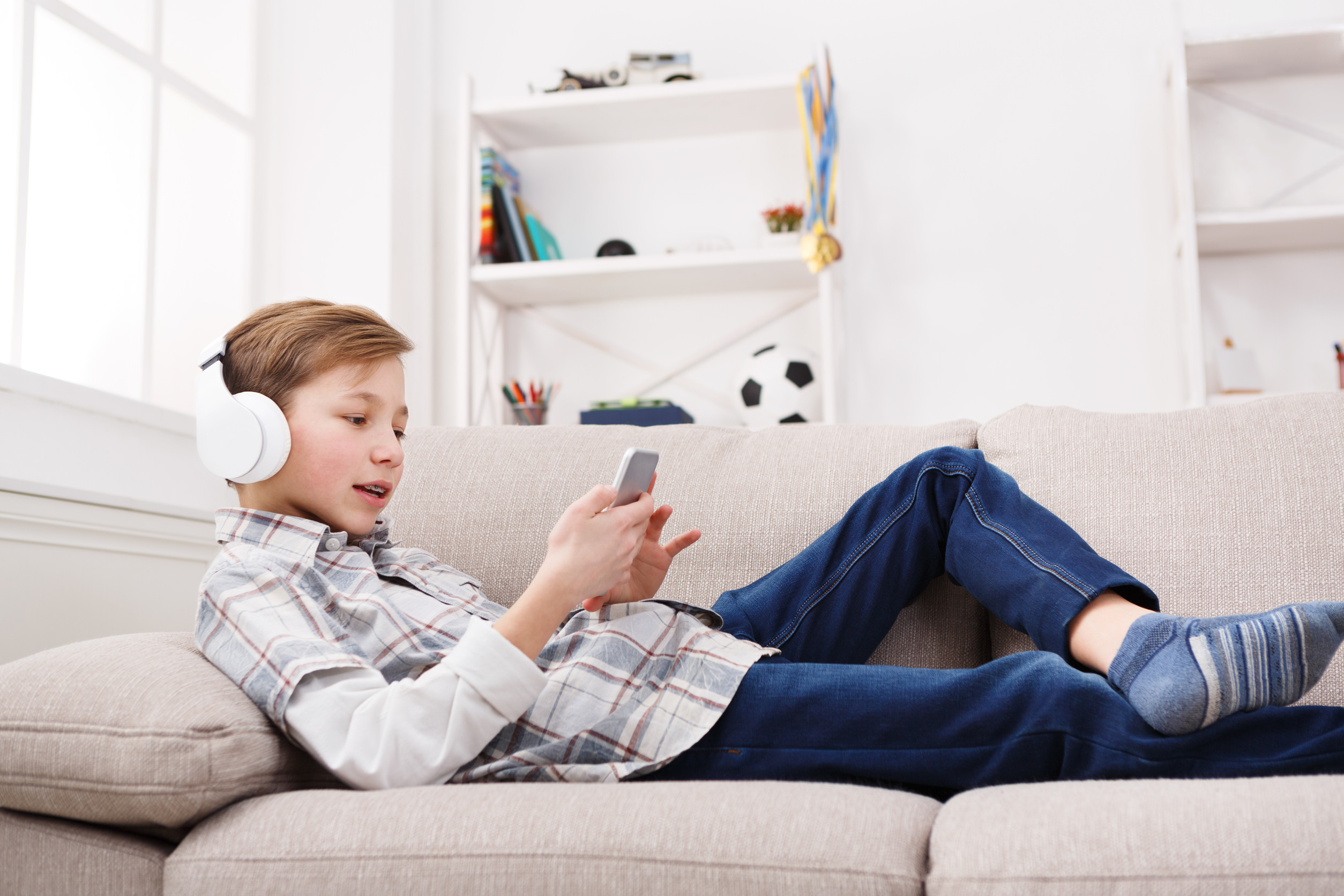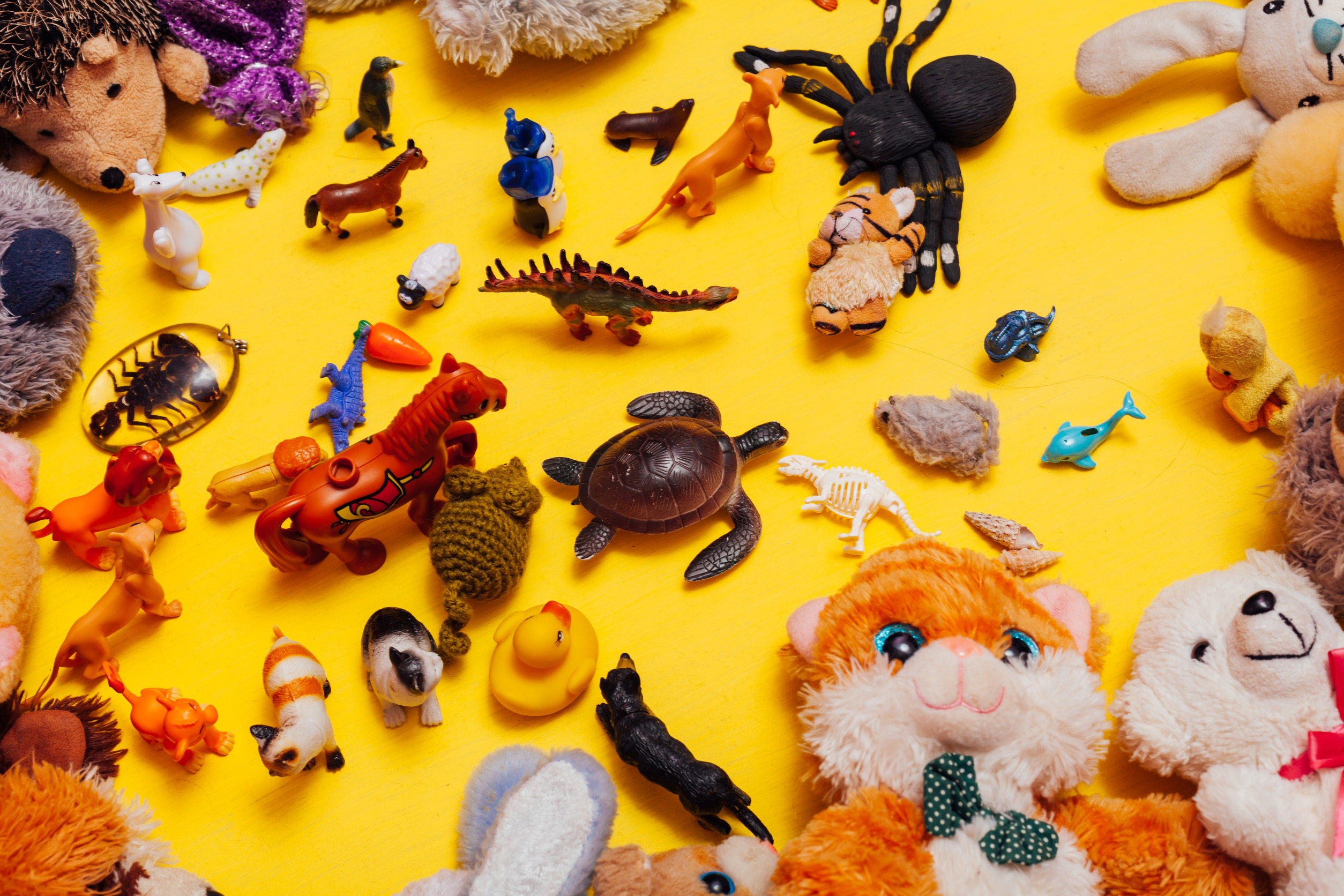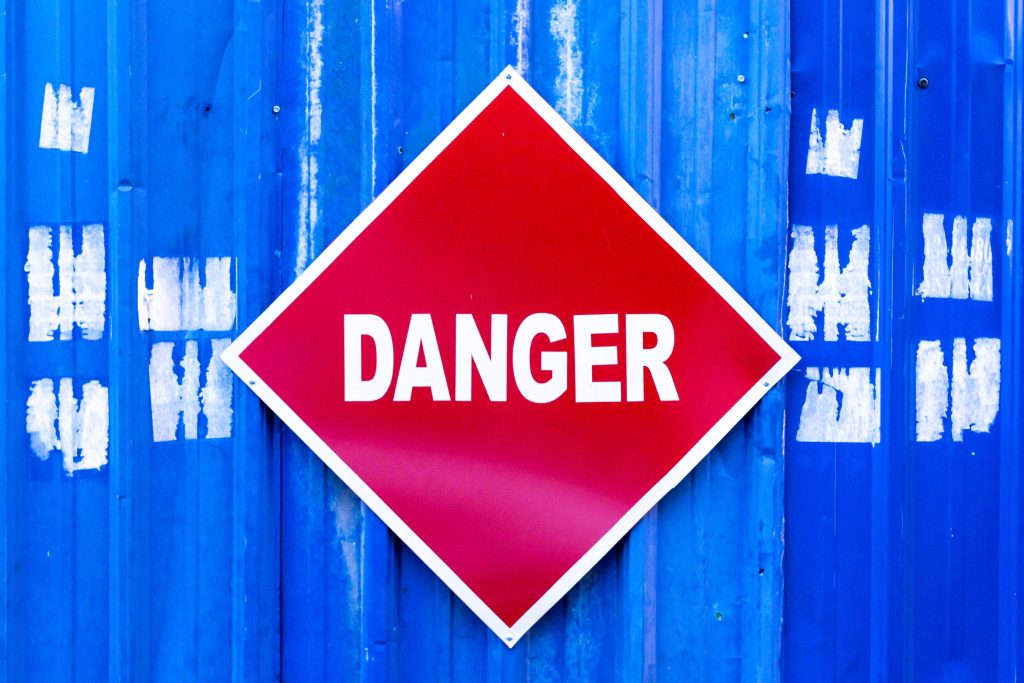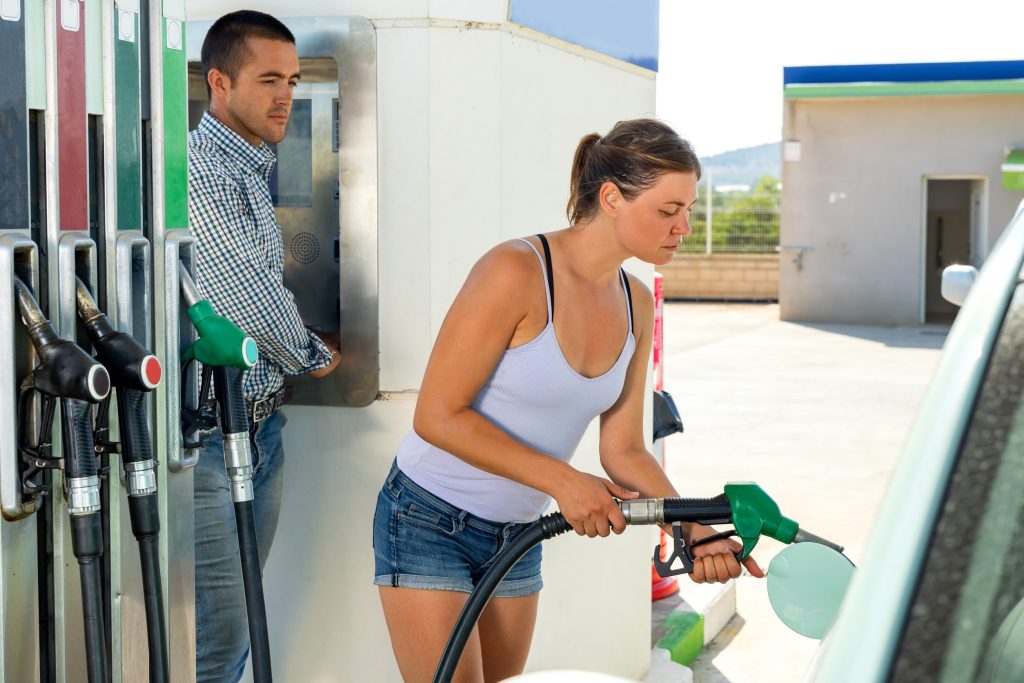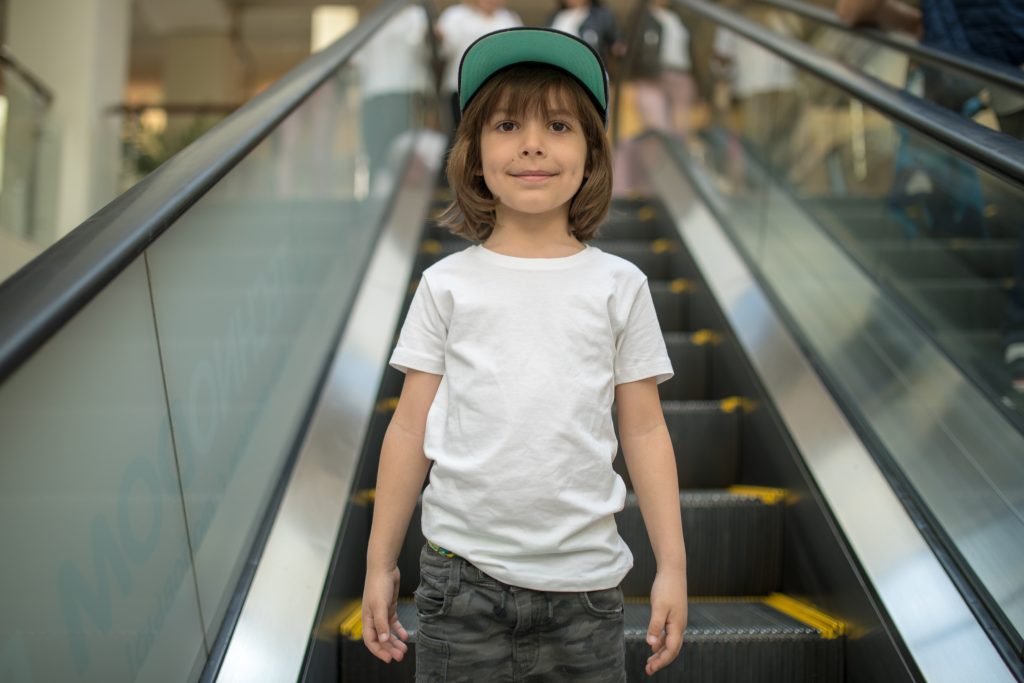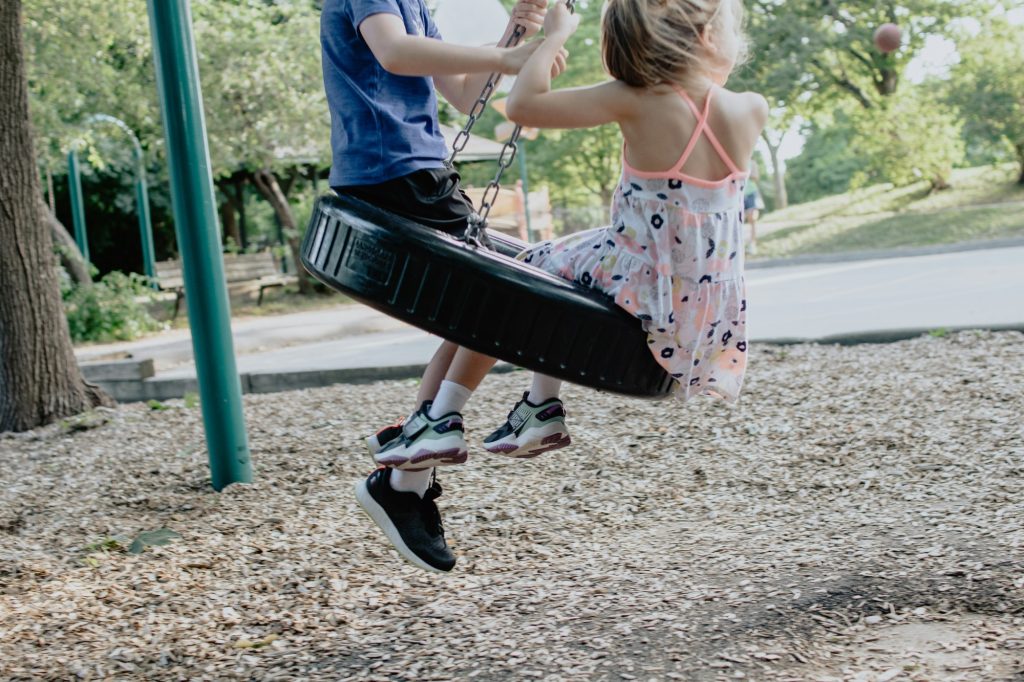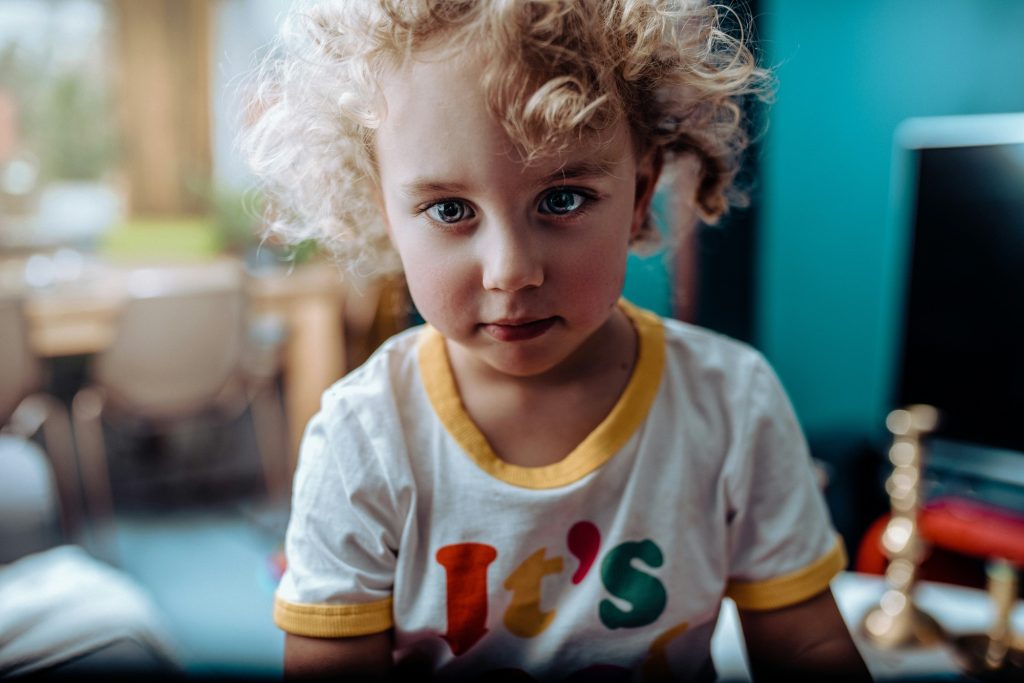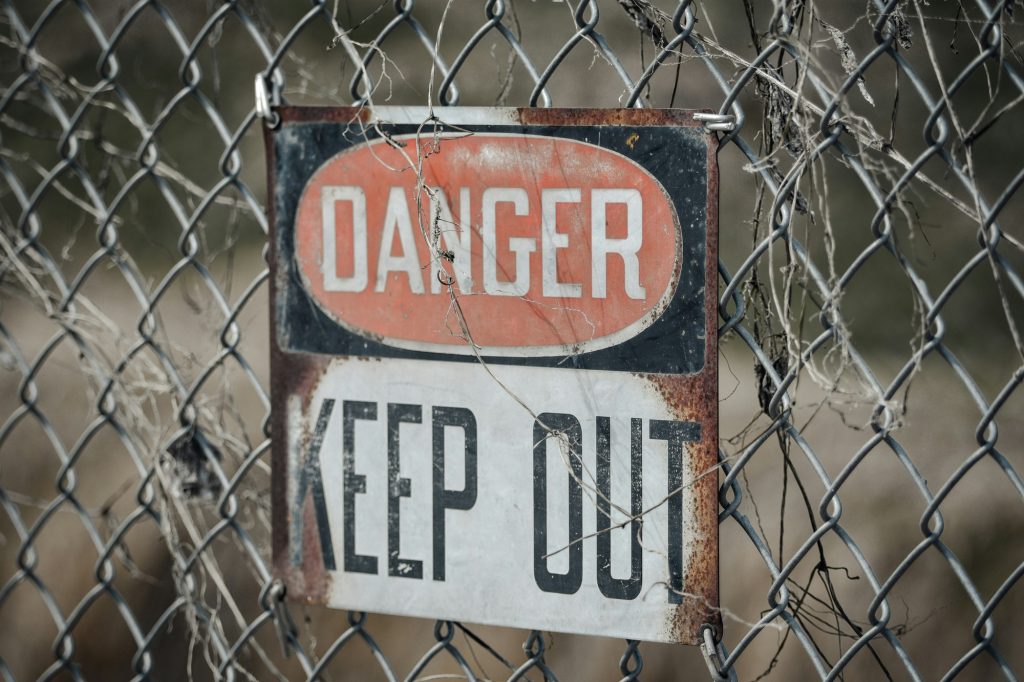Toddlers are curious, fearless, and fast—and while that makes for some sweet memories, it also creates real safety concerns. Many of the items sitting around your home right now may seem harmless to you but pose a serious toddler danger. The problem is that everyday products often fly under the radar because they’re not labeled as hazardous or kept out of reach. But toddlers don’t know what’s off-limits, and accidents can happen in seconds. Here are eight common products you’ll want to take a second look at to keep your little one safer.
1. Laundry Pods
Colorful and squishy, laundry pods can look like candy to a toddler. But these highly concentrated detergent packets are extremely toxic if ingested and can also cause burns to the mouth, eyes, or skin. Even a small amount can trigger serious symptoms like vomiting, breathing trouble, or seizures. Store them in a locked cabinet well above eye level and never let your child help with laundry when pods are in reach. Laundry detergent bottles can also pose a toddler danger, so all cleaning products should be secured.
2. Button Batteries
These tiny, shiny batteries are found in remote controls, musical toys, thermometers, and greeting cards. If swallowed, button batteries can burn through a toddler’s esophagus in a matter of hours due to the electrical current they emit. This is one of the most serious hidden dangers in the average household. Always check battery compartments and tape them shut if needed, and keep spare batteries locked away. If you suspect your toddler has swallowed one, it’s an immediate ER visit—don’t wait for symptoms.
3. Cords and Window Blind Strings
Window blind cords, charging cables, and curtain ties can all pose a strangulation hazard. Toddlers often play with anything within their reach, and loose cords can quickly become wrapped around a neck or limb. Cordless blinds are the safest option, but if you have cords, use safety wraps or cord cleats to keep them out of sight and out of mind. Even small cords like headphone wires can be a toddler danger if left dangling. Always take a quick look around to check for hanging hazards.
4. Magnets
While a single magnet might not seem like a big deal, multiple swallowed magnets can attract to one another inside the body. This can cause intestinal blockages, tissue damage, and even life-threatening perforations. Many building toys, jewelry, and novelty items contain small magnets that come loose over time. If you notice toys breaking or pieces missing, toss them immediately. Always check that anything magnetic is toddler-safe and large enough not to be swallowed.
5. Personal Care Products
Toothpaste, makeup, nail polish remover, and mouthwash are easy to access in most bathrooms. But they contain ingredients that can irritate, burn, or poison if your toddler gets into them. Even “natural” or “child-friendly” products are meant for supervised use only. Consider adding childproof locks to bathroom drawers and cabinets, and never leave toiletry bags within reach. Personal care items are one of the most overlooked sources of toddler danger.
6. Houseplants
Believe it or not, many popular houseplants are toxic if chewed on or swallowed. Plants like pothos, philodendron, peace lilies, and even aloe can irritate a toddler’s mouth or cause stomach upset. Since toddlers love exploring with their hands and mouths, these plants need to be placed well out of reach or removed altogether. Do a quick search to check the safety of your indoor greenery. It’s one of the simplest ways to reduce toddler danger inside your home.
7. Medications and Vitamins
A childproof cap doesn’t mean childproof. Toddlers can be shockingly determined when they see something colorful like gummy vitamins or cold medicine. All medications, including over-the-counter pain relievers and supplements, should be stored high up and in locked containers. Even a single adult dose of some medications can be fatal to a toddler. Double-check that purses, backpacks, and nightstands are also free of medication within reach.
8. Furniture and TVs That Aren’t Anchored
Toddlers love to climb, and a heavy dresser or television can easily tip over if pulled on or used as a ladder. Tip-over accidents are more common than many parents realize and can cause head injuries, fractures, or worse. Anchoring furniture to the wall with anti-tip kits is a quick and effective fix. Make sure TVs, bookshelves, and tall furniture pieces are stable and secured. It’s a small task that can prevent a big toddler danger.
Look Again at What’s Hiding in Plain Sight
You don’t need to live in fear, but you do need to stay aware of how quickly normal items can become threats to your toddler. The toddler danger often comes from the everyday things we stop noticing—until something goes wrong. A simple sweep of your home every few weeks can make a huge difference in preventing accidents. Think like a toddler: what can they reach, pull, open, or swallow? The more intentional your setup, the safer your little explorer will be.
What surprising toddler danger did you discover in your home? Share your experience or tips with other parents in the comments!
Read More:
11 Ways You’re Undermining Your Toddler’s Growth
7 Medical Scams Targeting Parents of Toddlers
Catherine is a tech-savvy writer who has focused on the personal finance space for more than eight years. She has a Bachelor’s in Information Technology and enjoys showcasing how tech can simplify everyday personal finance tasks like budgeting, spending tracking, and planning for the future. Additionally, she’s explored the ins and outs of the world of side hustles and loves to share what she’s learned along the way. When she’s not working, you can find her relaxing at home in the Pacific Northwest with her two cats or enjoying a cup of coffee at her neighborhood cafe.
